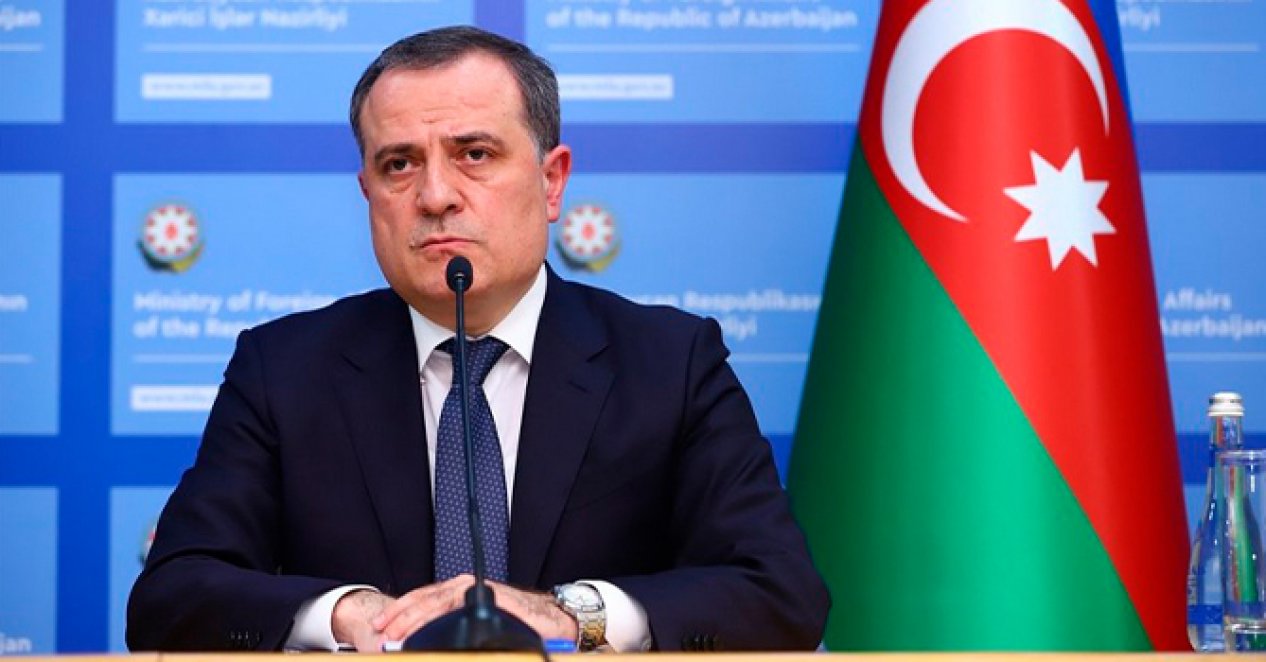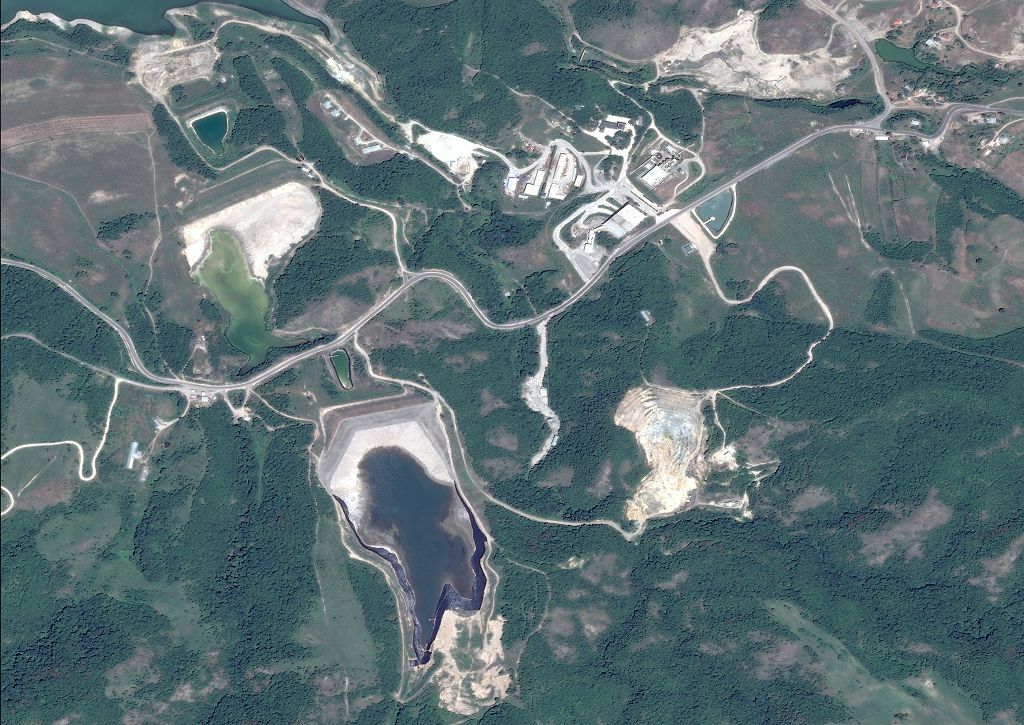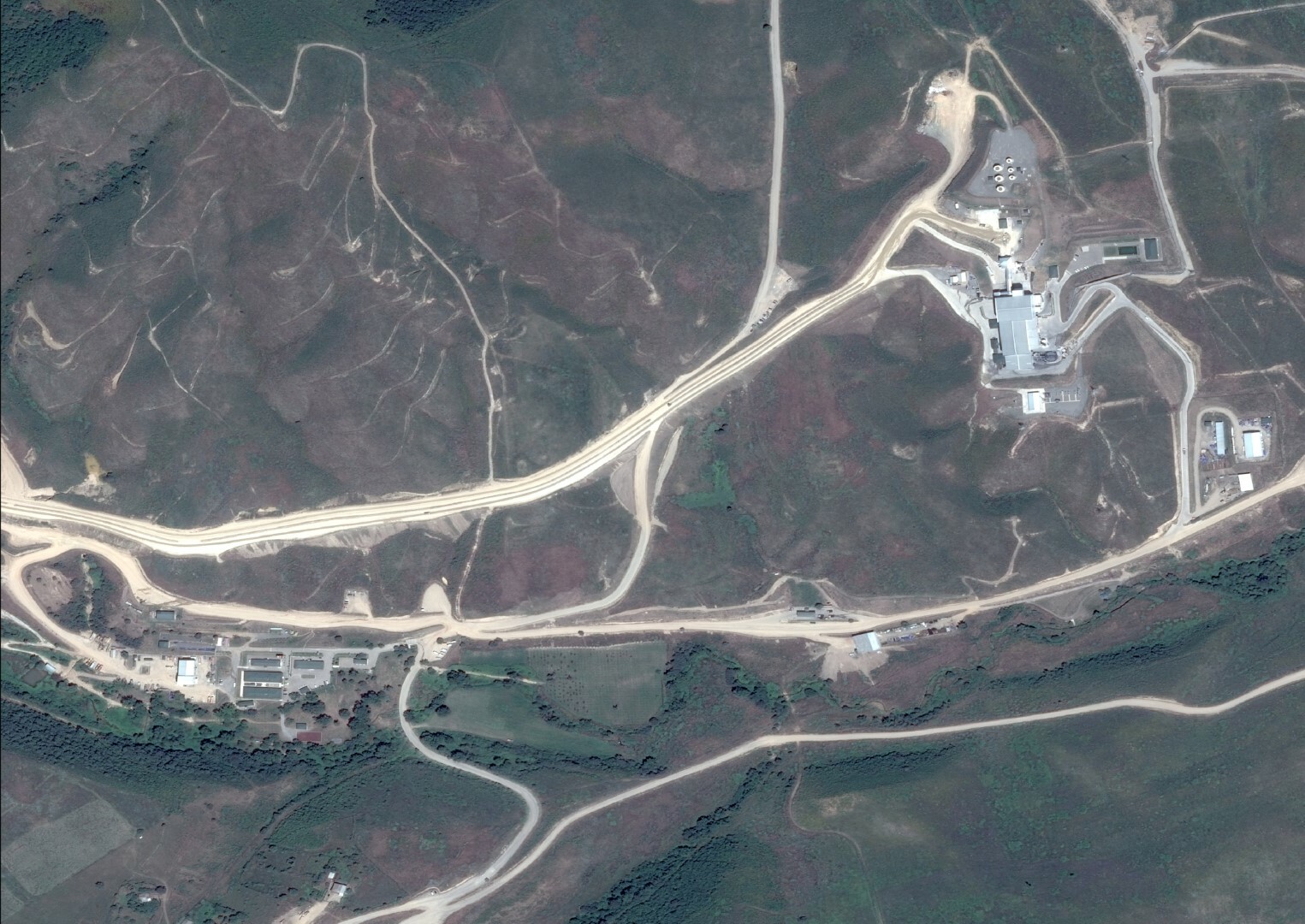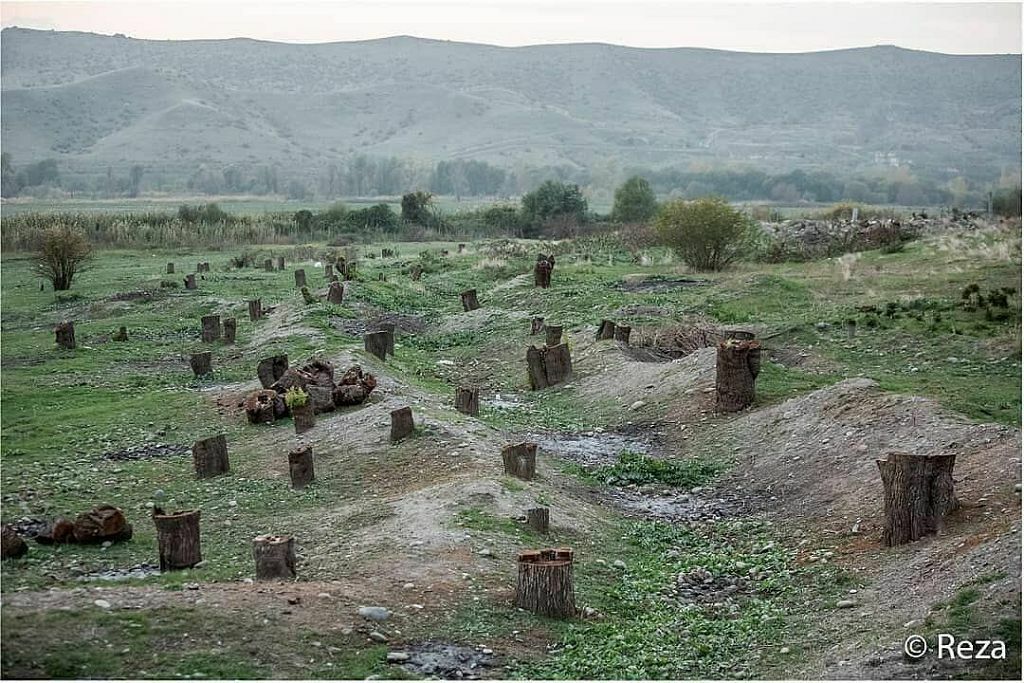
The trials of Azerbaijan against Armenia have been launched, Azerbaijani Foreign Minister Jeyhun Bayramov said. He noted that Baku will as soon as possible appeal to the International Court of Arbitration regarding Armenia’s violations of two conventions - harm to the ecology and the environment and the illegal development of Azerbaijani energy and natural resources.
Faktyoxla Lab. has tried to figure out how justified Azerbaijan’s claims against Armenia are.
To begin with, Azerbaijan claims that its territories, which were under Armenian occupation for almost three decades, were actively used for illegal activities, which were carried out in violation of the property rights of hundreds of thousands of Azerbaijani refugees and internally displaced persons.

In 2016, the Azerbaijani Foreign Ministry published a report "Illegal economic and other activities in the occupied territories of Azerbaijan." The report featured a complete list of international companies involved in economic activity in Karabakh at that time.
In 2019, the report “Illegal activities in the territories of Azerbaijan under Armenia’s occupation: evidence from satellite imagery” was released, developed by the Azerbaijani Foreign Ministry jointly with AzerCosmos. The satellite imagery clearly show that illegal activities were carried out not only on the territory of the mountainous part of Karabakh, but also on the territory of the adjacent districts, where the Armenian population has never lived. Here are some of them:
- Illegal exploitation of agricultural resources in the area of the Shelli village of Aghdam district, September 10, 2018
- Illegal exploitation of gold mines near Vejnali village in Zangilan district, June 19, 2017
- Illegal exploitation of the Soyudlu gold mine in the Kalbajar district, June 15, 2006
- Illegal operation of a copper-gold and molybdenum mine near the village of Demirli in the Terter district, July 2, 2017
- Illegal exploitation of agricultural land in the vicinity of the villages of Chanagchi, Khanyeri, Khanabad and Shushakend, September 10, 2018, etc.
A list of companies operating in the occupied Azerbaijani territories, with comprehensive information about their activities, is also included in two large reports published by the Israeli research center Kohelet Policy Forum (KPF) in 2017 and 2018. The reports are titled “Who else profits? The scope of European and multinational business in the occupied territories.”
There are about 160 deposits of various valuable metals in Karabakh - gold, mercury, copper, lead, zinc, as well as deposits of coal, alabaster, vermiculite, deposits of colored and decorative stones, facing stone. During the years of occupation, these resources were plundered by the Armenians and exported abroad. Among the largest are the deposits of gold, copper and pyrite in Gizilbulag, the deposits of copper, gold and molybdenum in Demirli, Janyatag, Gulyatag in the occupied part of the Terter district, gold deposits in Soyudlu, Agduzdag, Tutkhum in the Kalbajar district, Vejnali in the Zangilan district. There are also large lead deposits in Mehmana, Sorbulag in Kalbajar, mercury deposits in Saribulag, Agyatag, Levchay, Shorbulag, Gamishli, Aggaya in Kalbajar and Lachin, Chilgazchay, Narzanli in Lachin.

In this case, the activity of Base Metals, a subsidiary of the Armenian conglomerate Vallex Group, is noteworthy. The Base Metals company, registered in Liechtenstein, has been illegally exploiting the Gizilbulag gold and copper deposits near the Heyvali village in Kalbajar since 2002. The mine was almost completely depleted in 10 years of operation. In 2013, Base Metals began development of the Kashen copper-molybdenum mine in the north of Nagorno-Karabakh (near the city of Agdere) after other copper sources in Karabakh were depleted.
The largest gold deposit, which was exploited by the Armenian occupation regime, was the Soyudlu deposit (the Armenian version of the name is Sotk), which is located in the border zone - mostly on the territory of the previously occupied Kalbajar district of Azerbaijan and partly on the territory of the Vardenis region of Armenia.
This deposit has been exploited since 2007 by the Russian company GPM Gold as part of the GeoProMining company, one of the largest private investors in Armenia.
Having a license from the Armenian government to develop a part of the deposit located in the Armenian territory, the company at the same time exploited a part of the mine belonging to Azerbaijan. The report “Who else profits?” of the Kohelet Policy Forum research center, among the companies involved in illegal activities in the previously occupied Azerbaijani territories, contains such well-known companies as the German Aurubis, the American Caterpillar, the Danish FLSmidth, and the Russian Tashir Group. There are plenty of such examples.

After 2010, the scale of construction and repair of houses, apartments and other social facilities in the previously occupied territories has significantly intensified. Many objects were built on the ruins of demolished buildings and houses where the Azerbaijani population lived. The Azerbaijani Foreign Ministry noted in its report that this is proven by earlier evidence that the empty houses of the expelled Azerbaijanis were often destroyed and used as building materials. This means the appropriation of public and private property.
As for the environmental damage to the region, it is shown in satellite imagery by the state-owned company AzerCosmos. After the victory of Azerbaijan in the 44-day Patriotic War on September 27 - November 10, 2020 and the return of 7 regions adjacent to Nagorno-Karabakh, the process of assessing the damage caused by Armenia to Azerbaijan during the years of occupation in various spheres of life, including environmental, began. All previously occupied territories of Azerbaijan had about 260,000 hectares of forest, but the forest cover has been rapidly declining over the past 30 years.
Satellite imagery show that forest destruction continued in these areas.

In the previously occupied territories, there are Azerbaijani nature reserves with an area of 43,000 hectares - the Basitchay and Garagol reserves, the Lachin, Gubadli, Arazboyu and Dashalti reserves. Before the occupation, there were many species of fauna and flora under protection included in the "Red Book of the Azerbaijan Republic", many of which have already been destroyed.
Throughout all 28 years of occupation, deliberate arson periodically occurred on the territory of the Azerbaijani districts, which the Armenians called “security belt,” which led to the burnout of land and forests. This process caused concern among international organizations in early 2000s.
In accordance with the resolution of the UN General Assembly of September 7, 2006 "The situation in the occupied territories of Azerbaijan", the OSCE mission to evaluate the environmental situation made a 10-day assessment visit to the region.
As a result, a conclusion was given on the environmental and economic damage caused by fires, as well as the threat that fires pose to human health and safety. The mission concluded that the fires had covered extensive areas and inflicted significant damage.

Along with economic damage, the exploitation of natural resources in Karabakh during the occupation created serious environmental risks, since illegal "licenses" for development were issued to companies that had a bad environmental reputation in Armenia itself and transferred the same predatory practice to projects in Karabakh.
But be that as it was, the assessment of the damage caused to Azerbaijan as a result of the Armenian occupation was made earlier in 2014. In the course of an investigation conducted by a working group created by the Cabinet of Ministers of the Republic of Azerbaijan on February 26, 2014, the damage to the population and the state was calculated on the basis of the International Valuation Standards. According to a report published in 2015, the occupation of Azerbaijani lands caused $147.80 billion in damage to the population and $126.46 billion to the state. The working group reported that Azerbaijan suffered a total of $818.88 billion, including damage to natural resources, tangible heritage and other areas.
These figures were also confirmed by the results of a comprehensive forensic examination appointed by the military prosecutor’s office of the Republic of Azerbaijan. A 2018 report by the military prosecutor’s office says that material damage to Azerbaijan amounted to $818.880 billion.
Also, the assessment, based on materials collected by the Operational Center for Determining the Destructive Impact on the Environment and Natural Resources in the Occupied Territories, covered 22 years. The process, in which experts from the Azerbaijani Ministry of Ecology and Natural Resources participated, covered six main areas - looting of mineral deposits, damage to biodiversity, deforestation, land degradation, dispossession, environmental damage to water resources, reservoirs and environmental pollution, as well as moral damage the population. As a result of the study, carried out on a methodological basis in accordance with international standards, the damage to Azerbaijan amounted to $265.281 billion.
Based on the above-listed facts, it is safe to conclude that Azerbaijan’s claims against Armenia are fully justified.




















